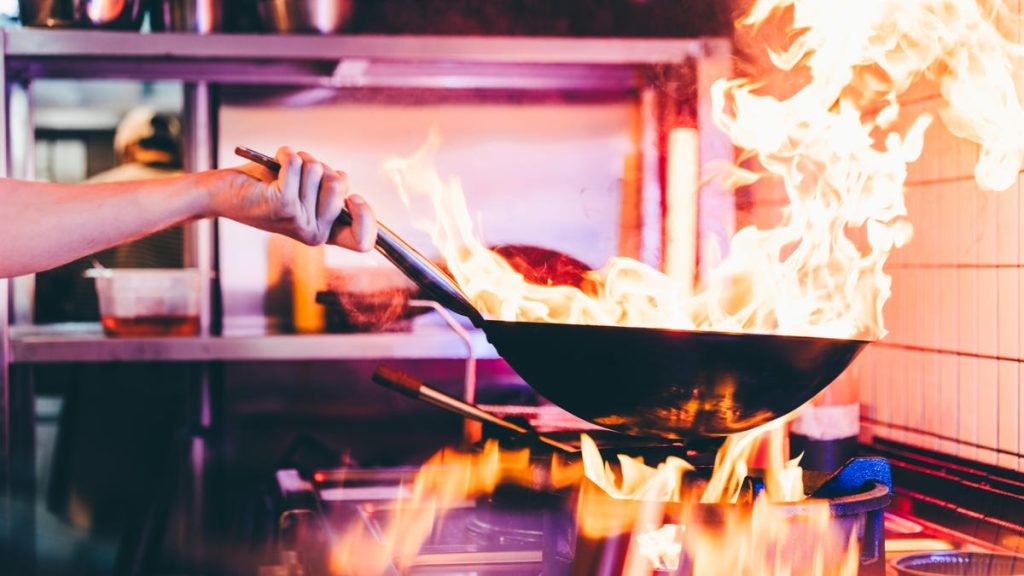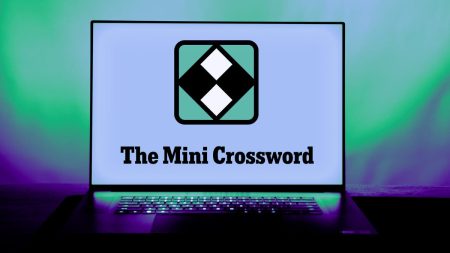The author, a self-proclaimed foodie with limited cooking skills, relies heavily on New York City’s vibrant restaurant scene. Intrigued by the prospect of an AI-powered recipe generator, they decided to test SideChef’s RecipeGen AI app, a platform promising to convert food photos into step-by-step recipes. Their goal was to assess the app’s accuracy in identifying ingredients and replicating restaurant-quality meals. The author’s culinary ineptitude sets the stage for a humorous exploration of this new technology, highlighting the gap between their aspirations and their kitchen realities.
The first test involved a seemingly simple brunch dish from Malibu Farm: scrambled eggs with breakfast potatoes, kale, spinach, ricotta, bacon, and a choice of strawberry or basil butter served with sourdough focaccia. The app generated a recipe that missed several key ingredients, including the ricotta, strawberry butter, and sourdough bread. Instead, it suggested generic ingredients like bell peppers, onion, potato seasoning, and regular butter. The author expresses disappointment, noting the app’s failure to capture the dish’s defining flavors. They also suspect a commercial motive behind the app’s partnership with Walmart, leading to ingredient suggestions that could be easily purchased through the retail giant.
A second attempt with a ramen dish resulted in an error message, further dampening the author’s hopes. Turning to a home-cooked meal, the author uploaded a photo of sweet potato gnocchi with sausage, a dish prepared by their wife. Confident in the ingredient list – sweet potato, egg, flour, sausage, mushrooms, butter, broth, and parmesan – they anticipated a more accurate result.
This time, SideChef performed better, correctly identifying most of the ingredients but erroneously adding sun-dried tomatoes, possibly due to the presence of basil in the photo. While the ingredients were mostly accurate, the suggested cooking method was overly complicated and deviated from the actual preparation. SideChef omitted crucial steps like removing the sweet potato skin and suggested baking the gnocchi instead of boiling them. Despite these discrepancies, the recipe was deemed 70% accurate, a significant improvement over the previous attempts.
The author concluded that SideChef’s RecipeGen AI is a useful tool for generating recipe ideas and deciphering restaurant dishes without bothering the waitstaff. However, it struggles with nuances and tends to fabricate details when uncertain. For experienced cooks, especially those who prefer improvisation over strict adherence to recipes, the app offers limited value. The author’s wife, a skilled cook who enjoys creative freedom in the kitchen, would likely find the app restrictive.
Overall, the SideChef app demonstrates the potential of AI in the culinary world, but its limitations are apparent. While it might inspire novice cooks or satisfy curiosity about restaurant dishes, it’s unlikely to replace traditional cookbooks or the expertise of seasoned chefs. The author’s experience highlights the complexities of translating visual information into precise culinary instructions and underscores the importance of human intuition and experience in the art of cooking. The app’s reliance on readily available ingredients via its partnership with Walmart also raises questions about its true purpose – is it a genuine culinary assistant or a thinly veiled marketing tool? The author’s humorous and self-deprecating narrative provides an entertaining and insightful look into the evolving intersection of technology and gastronomy.










